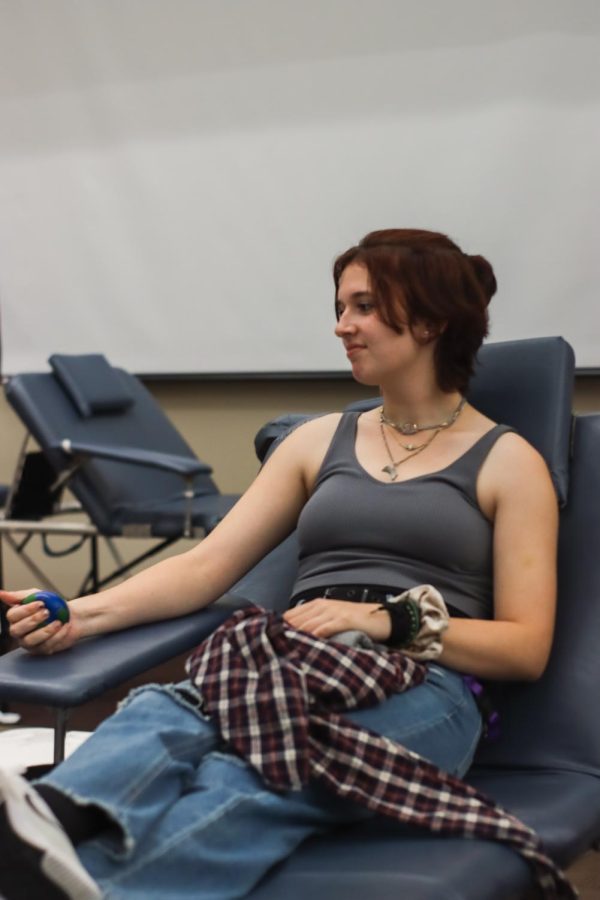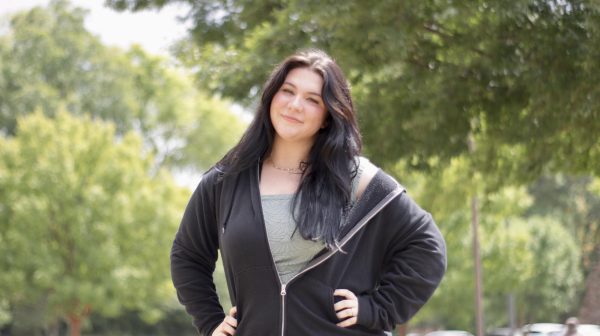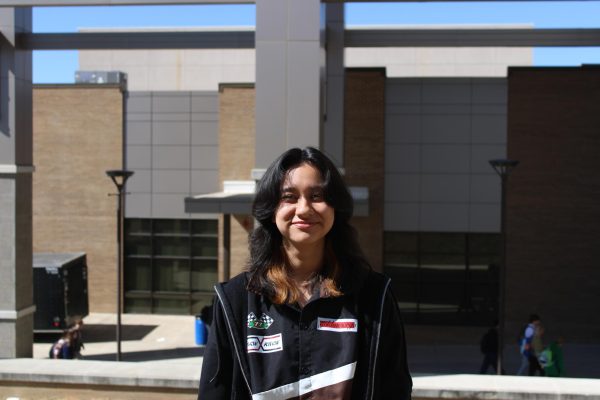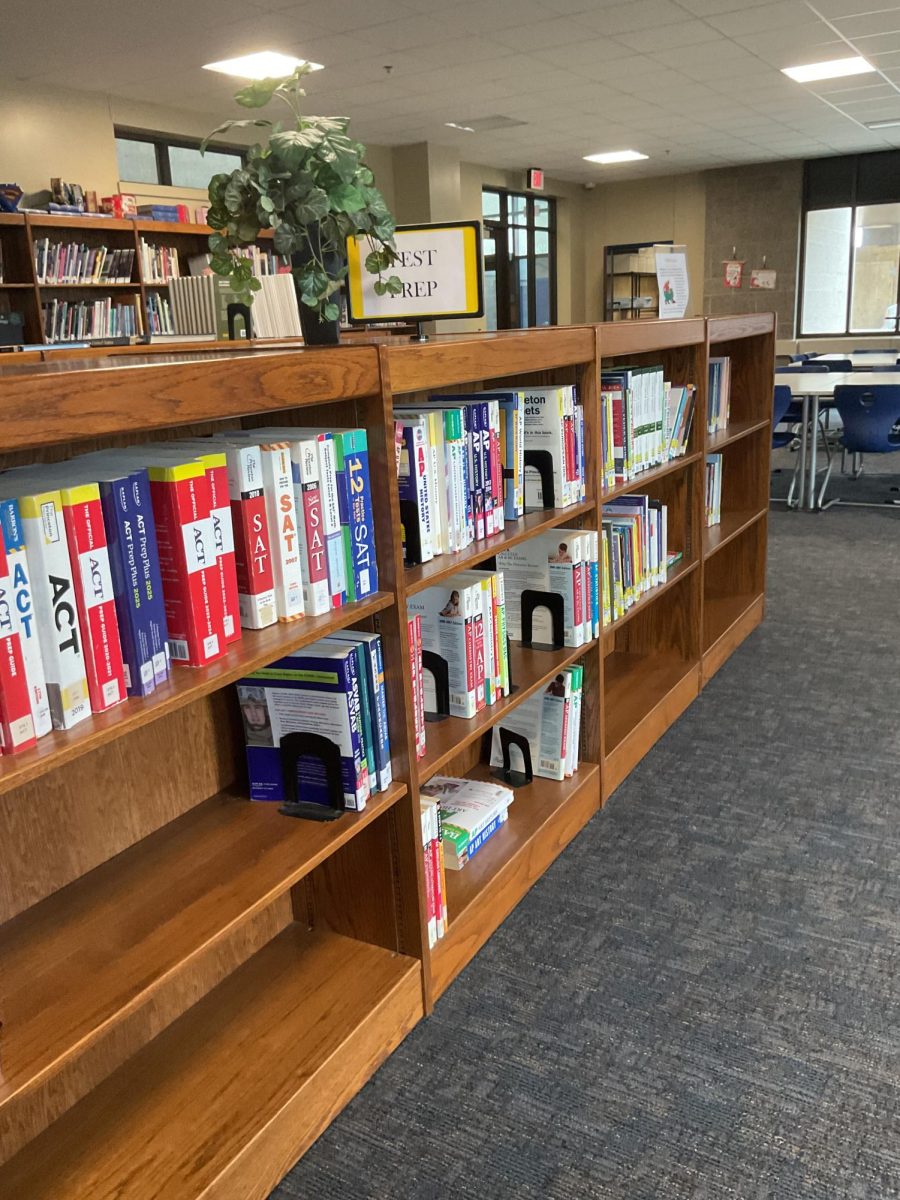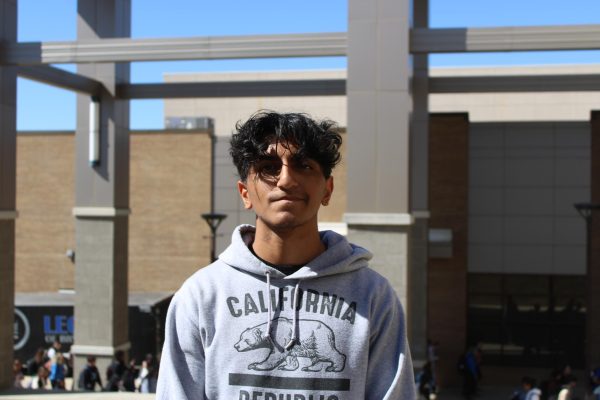Blood Drives Save Lives
FCCLA hosts annual blood drive at BHS.
Junior Kristen Reese donates during FCCLA’s Blood Drive in the MPR.
October 3, 2022
According to the Red Cross, every two seconds, someone in the United States needs blood. Every day, blood transfusions are needed by cancer patients, trauma patients, sickle cell patients, burn patients, and patients with chronic diseases—and only about three percent of eligible people donate every year.
Last month, FCCLA (Family Career Community Leaders of America) hosted their annual blood drive, given by the Arkansas Blood Institute. Each donor gave one pint of blood, providing for those who need blood transfusions or struggle with other issues. For each pint donated, there is potential for up to three lives to be saved.
Sabian Murry, senior class and FCCLA president, explains that after pricking a finger to check the blood’s iron levels, cleaning the skin with an alcohol swab and using a tourniquet to slow the blood flow, a needle is inserted into a prominent vein, collecting blood for 8-10 minutes, or until a pint is filled.
“They regularly check to see if you’re hot, if you need sugars, or if you’re feeling nauseous,” Murry said. “After they’ve collected the blood, they will remove the needle from your arm, check once again to see if you’re feeling okay, and then advise you to consume some of the assortment of sugary and salty snacks they provide to raise your blood sugar.”
Junior Jonathan Mendez donated blood at the drive. Mendez explains that it was an FCCLA member who encouraged him to donate to potentially help someone in need.
“It was pretty cool, I mean, it wasn’t bad. People benefit from it, and they need it,” Mendez said.
Junior Jaci Vadnais explains that it’s an easy process to help someone out. Vadnais says that in terms of pain, the worst part is getting a finger pricked.
Murry, who also donated blood, explains that her nerves went away once the needle was inserted. She explains that her experience was a positive one, and encourages others to try it.
“You never know whose life you could be saving.” Murry said.


